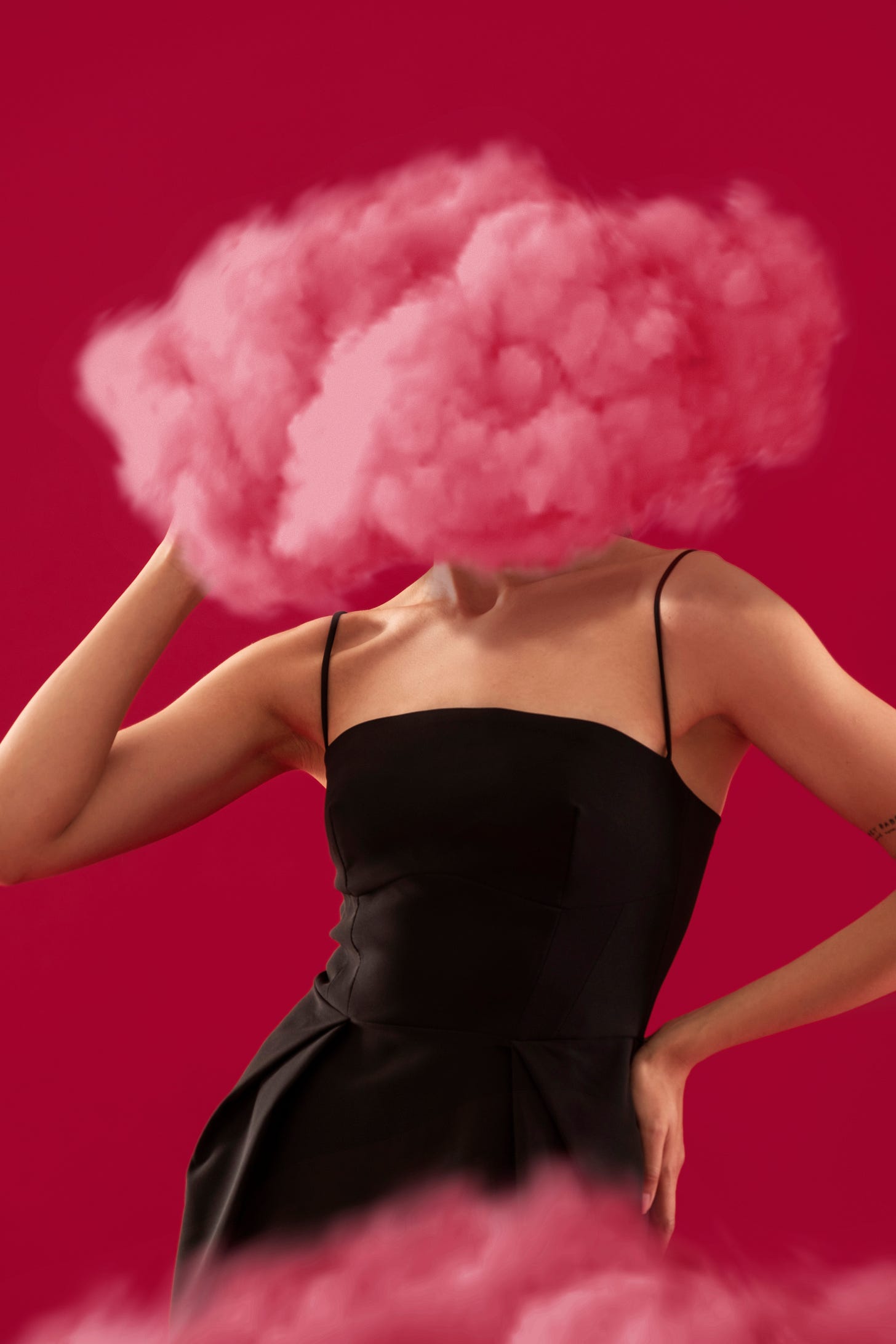Luxury vs. Vanity
In twenty years of designing experiences for global brands, I've watched countless marketers confuse luxury with vanity, often with embarrassing results. Let's address the elephant in the room: calling a ubiquitous tech platform a "luxury brand" reveals a fundamental misunderstanding of what luxury actually means—and it's exactly the kind of thinking that creates ineffective, hollow brand strategies.
The Tech Platform Fallacy: Why It's Not Luxury
Consider a hypothetical situation: a widely-used tech platform, such as Google for example, that offers free services to billions of users worldwide, with simple, approachable interfaces and a playful brand identity. If a marketer calls Google a platform "luxury," he or she is usually referring to perceived quality or market dominance.
But luxury isn't about being good at what you do or being successful. Patek Philippe isn't luxury because they make accurate watches—Casio makes accurate watches. Luxury is a specific category with defined attributes that can't simply be claimed through marketing buzzwords.
A Framework for Authentic Luxury Design
If you're tasked with developing luxury positioning, here's what your brand pyramid must honestly address:
1. Scarcity (Not Market Share)
Vanity Approach: "We're the preferred choice of discerning customers."
Luxury Reality: "Our production is intentionally limited to 500 pieces annually, each numbered."
True luxury is inherently scarce. It's not available to everyone who wants it, even if they can afford it. This scarcity can be artificial (limited editions) or natural (rare materials), but it must be real.
2. Heritage & Craftsmanship (Not Innovation)
Vanity Approach: "Our cutting-edge technology creates superior experiences."
Luxury Reality: "Each product requires 40 hours of handwork by artisans with minimum 15 years of experience in techniques dating back five generations."
Luxury brands don't pursue novelty or disruption—they perfect established crafts. They aren't celebrating what's new; they're celebrating what endures.
3. Connoisseurship (Not User-Friendliness)
Vanity Approach: "Our intuitive design makes luxury accessible."
Luxury Reality: "The distinction between our Premier and Reserve collections is subtle, appreciated primarily by collectors who understand the significance of the hand-stitched pattern dating to our 1887 collection."
Luxury requires cultural education to fully appreciate. If anyone can immediately understand what makes your product special, it's not luxury—it's just good marketing.
4. Cultural Authority (Not Customer Service)
Vanity Approach: "We provide white-glove service to meet customer needs."
Luxury Reality: "We occasionally decline commissions that don't align with our house aesthetic, even from notable clients."
Luxury brands don't follow customer preferences—they shape them. They operate from a position of cultural authority that allows them to lead rather than follow.
Creating Authentic Luxury
If you're genuinely developing luxury positioning, here's how to build an effective brand pyramid:
1. Define Your Historical Narrative
Every luxury brand requires a compelling origin story—not fabricated, but carefully curated from actual history. Your brand pyramid should articulate:
The founding narrative and its contemporary relevance
Key historical innovations or signatures that define the house
Evolution of craftsmanship traditions still employed today
2. Establish Clear Codes and Signatures
Luxury brands operate with consistent visual and experiential codes that become shorthand for the brand:
Identify the non-negotiable signatures that must appear in every expression
Define proportional systems that create recognizable silhouettes or layouts
Articulate material hierarchies that signal value appropriately
3. Create Stratification and Exclusivity Mechanics
Luxury operates on carefully managed levels of accessibility:
Define the exact relationship between your entry, core, and pinnacle offerings
Establish clear pathways for client progression through these levels
Articulate which elements are democratized and which remain exclusive
4. Develop Connoisseurship Education
Luxury requires teaching customers how to appreciate what makes your offering special:
Identify the appreciation points that require education
Create a lexicon for discussing product attributes
Develop narratives that connect technical details to emotional value
The Hard Truth About Luxury
Here's your wake-up call: if your brand doesn't credibly deliver on these four pillars, you're not creating luxury—you're creating premium products with luxury pretensions. And the market can tell the difference.
The most embarrassing position for a brand is claiming luxury while delivering mere quality. It creates a credibility gap that undermines everything else you do. True luxury conglomerates didn't become powerhouses by calling themselves luxury—they meticulously built brand ecosystems that deliver authentic luxury experiences at every touchpoint.
A Final Word for Marketers
When approaching agencies for luxury positioning, be brutally honest about whether you have the fundamental components of luxury. Don't ask for "luxury brand identity" if what you actually offer is premium quality or superior service—these are different value propositions requiring different creative approaches.
If you don't have heritage, create it through acquisition or partnership. If you can't limit distribution, create artificial scarcity through limited editions. If you lack craftsmanship narratives, invest in developing them authentically.
But please, stop calling your brand "luxury" just because you want it to be perceived as high-quality or desirable. It's the equivalent of calling a mass-market product "exclusive"—and it reveals to everyone who actually understands luxury that you don't.


